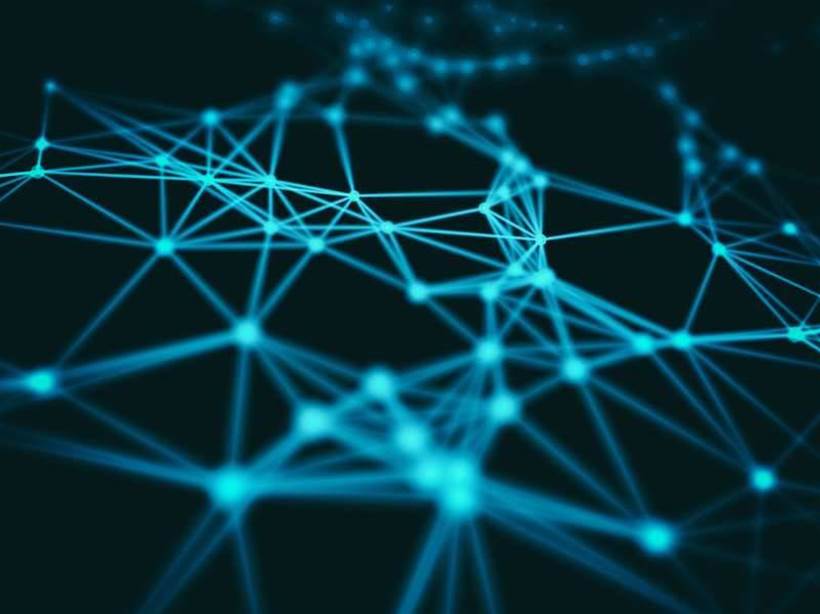When talking about the Internet of Things, the usual concepts like sensors, wireless networks, big data and analytics are regularly discussed, but software-defined networking (SDN) is not often included in the conversation, and according to one industry CEO, this is going to change.
“It’s hard enough to connect to seven billion items, so imagine having to manage the connections to 20 billion devices,” said Jerry Kennelly, CEO of network optimisation company Riverbed.
“You have to find them, connect to them, route their traffic with bandwidth and rules about how it will be used, you have to analyse the response times on the connections, and then you have to make use of the vast amounts data that it’ll generate.
“Software-defined networking can play a part in almost all of those worlds,” Kennelly told IoT Hub at the recent Riverbed Disrupt conference in New York.
He said that software-defined wide-area networks (SD-WANs) would make the process of finding, connecting and routing devices and their traffic “vastly easier”.
“To deploy a single router, you have to write between 700 and 1000 individual lines of code, whereas with SD-WAN it could be three clicks of a mouse,” he said.
“So if you have a thousand routers trying to find a billion IoT devices, and you have to write code for all of those routers, then individually deploy those, versus three clicks of a mouse to deploy all of them, that’s a real benefit of SD-WAN for the IoT world.”
Kennelly said that Riverbed’s implementation of SD-WAN includes application performance management technology, which provides visibility into the state of device connections, their response times, and enables dynamic resolution of any network connectivity issues between the device and the application.
“Slow is the new down. In the past, people used to worry about the network being down, but networks don’t go down too much anymore, but they get slow, and nobody wants to deal with a slow network,” he said.
“Particularly in the IoT world, where there’s going to be vast amounts of traffic, response time will be more critical than ever.”
What types of networks would struggle with IoT?
Kennelly said that companies that are lumbered with old, on-premise network infrastructure that still uses the hub and spoke topology or relies heavily on MPLS (multiprotocol layer switching) with little Internet connectivity would struggle with hosting an IoT ecosystem.
“These sorts of networks won’t be able to scale their on-prem data centre to the level they’ll need to deal with the billions of objects that an IoT network would introduce,” he said.
“So you’ll need the scalability of a cloud backend, and you’ll need a full mesh network, both MPLS and Internet connectivity to get to all the ‘things’, in terms of practical power and cost.
“A 20-year old hub and spoke network infrastructure simply won’t be capable of handling that scale of connectivity and data throughput.”
The intricacies of managing a decentralised IoT network
Kennelly is interested to see how the decentralisation of network assets that IoT encourages will play out in the future, as it seems to be at odds with the push in recent years to consolidate infrastructure into central locations, such as the cloud.
“One of the issues is transporting and then analysing these vast amounts of data in real-time, so you can make adjustments,” he said.
“The server that’s receiving that data might be two thousand miles away, so you’ll have latency between the sensor on the IoT device and the receiving server, you’ll have to aggregate the data, and then you’ll have to run data intelligence programs on it to make sense of it, then have someone act on it.
“These are all challenges that haven’t completely been resolved yet, because it’s still quite new.”
Kennelly envisages IoT networks that contain intermediary data collection points, rather than direct sensor-to-cloud network topologies.
“You may not have everything go from the device to the ultimate cloud collection point. You may have four or five intermediary collection points, have an aggregation point, and then be sent to a big data centre somewhere,” he said.
“Each additional network endpoint that IoT would introduce brings with it increased complexity in the way you configure your network.
“This could easily be managed by SD-WAN, where from a single console or a single rule, you can handle the complexity of thousands of different sites without having to manually touch them one by one to deal with your issues.”
Peter Gutierrez attended Riverbed Disrupt in New York as a guest of Riverbed.







